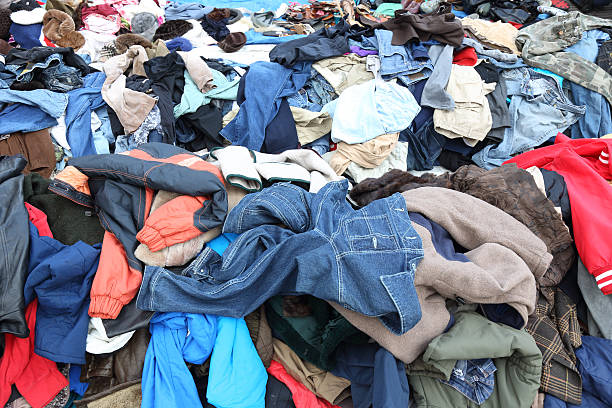Title: The Rise of Slow Fashion: A Mindful Approach to Style
Introduction: In a world of fast-paced consumerism and ever-changing trends, a new movement is emerging that challenges the very foundations of the fashion industry. Slow fashion, with its emphasis on quality, sustainability, and timeless style, is gaining traction among conscious consumers and forward-thinking designers alike. This article delves into the principles of slow fashion, its impact on the industry, and how it's reshaping our relationship with clothing.

Quality Over Quantity: The Slow Fashion Ethos
At the heart of slow fashion lies a commitment to quality that transcends seasonal trends. This approach prioritizes well-made garments that stand the test of time, both in terms of durability and style. Slow fashion brands often focus on classic designs, superior materials, and expert construction techniques. By investing in fewer, higher-quality pieces, consumers can build wardrobes that are both stylish and sustainable.
The Environmental Impact of Slow Fashion
One of the most significant advantages of slow fashion is its reduced environmental footprint. By producing clothing in smaller quantities and using eco-friendly materials, slow fashion brands minimize waste and pollution. Many slow fashion labels also implement closed-loop systems, where garments are designed to be easily recycled or biodegraded at the end of their lifecycle. This approach stands in stark contrast to the resource-intensive practices of fast fashion.
Ethical Production and Fair Labor Practices
Slow fashion extends beyond environmental concerns to encompass social responsibility. Brands embracing this philosophy often prioritize fair labor practices, ensuring that workers throughout the supply chain are treated ethically and paid living wages. This commitment to human rights and worker well-being is reshaping industry standards and consumer expectations.
The Role of Technology in Slow Fashion
While slow fashion may seem at odds with technological advancement, innovative technologies are actually playing a crucial role in its development. From 3D knitting machines that reduce fabric waste to blockchain systems that ensure supply chain transparency, technology is enabling slow fashion brands to operate more efficiently and sustainably. These advancements are proving that fashion can be both cutting-edge and conscientious.
Challenges and Opportunities in Adopting Slow Fashion
Despite its growing popularity, slow fashion faces several challenges in gaining widespread adoption. Higher price points, limited availability, and ingrained consumer habits are all obstacles to overcome. However, these challenges also present opportunities for innovation in business models, such as clothing rental services, repair workshops, and upcycling initiatives. As awareness grows, so does the potential for slow fashion to revolutionize the industry.
Embracing Slow Fashion: Practical Tips for Conscious Consumers
-
Invest in versatile, high-quality basics that can be styled multiple ways
-
Research brands’ production methods and materials before making purchases
-
Learn basic mending skills to extend the life of your garments
-
Participate in clothing swaps or shop second-hand to reduce new production
-
Support local designers and artisans who prioritize quality and craftsmanship
-
Consider the cost-per-wear when evaluating the value of a garment
-
Choose natural, biodegradable fabrics over synthetic materials when possible
In conclusion, slow fashion represents a paradigm shift in how we think about, produce, and consume clothing. By prioritizing quality, sustainability, and ethical practices, this movement is not just changing wardrobes—it’s changing mindsets. As consumers become more conscious of their fashion choices and their impact on the world, slow fashion is poised to play a pivotal role in shaping the future of style. Embracing slow fashion isn’t just about making better clothing choices; it’s about contributing to a more sustainable and equitable fashion ecosystem for generations to come.





